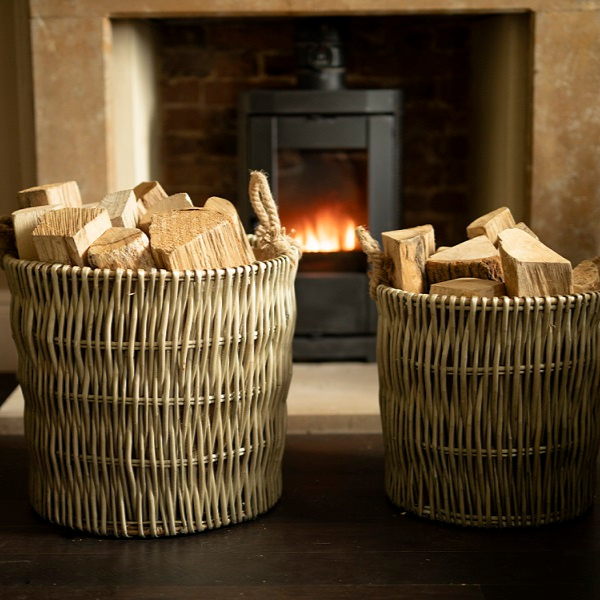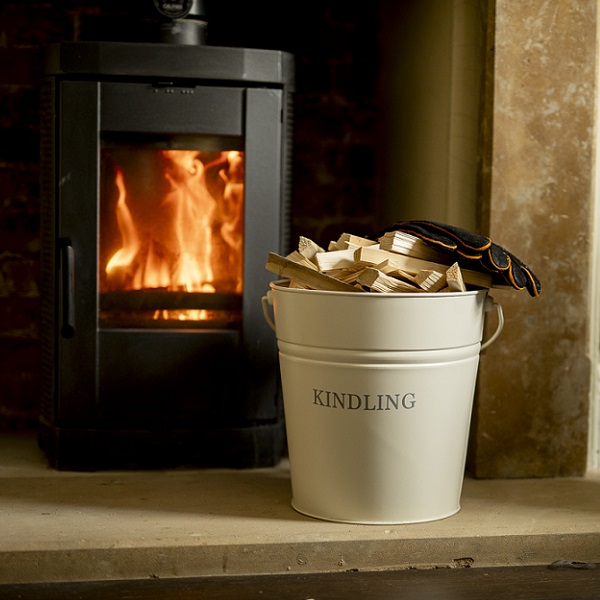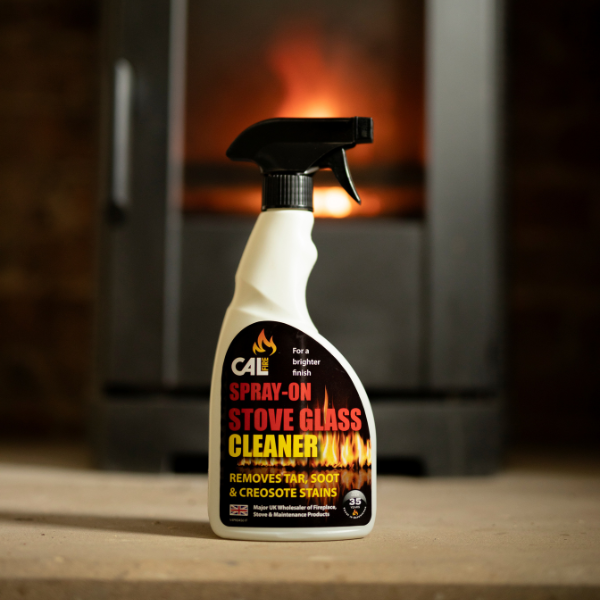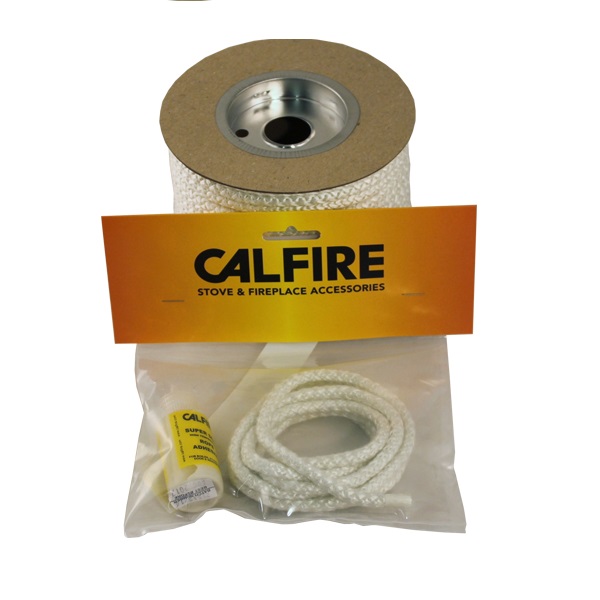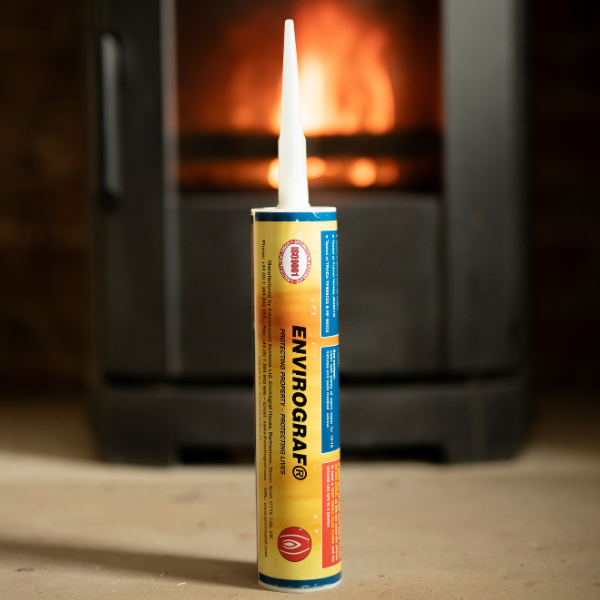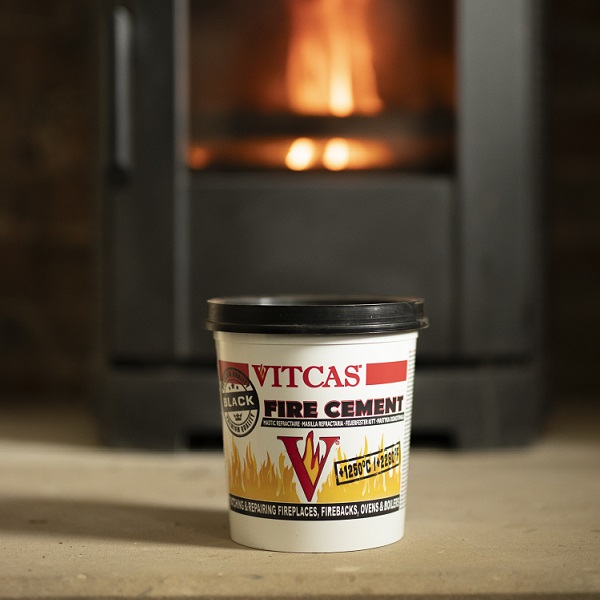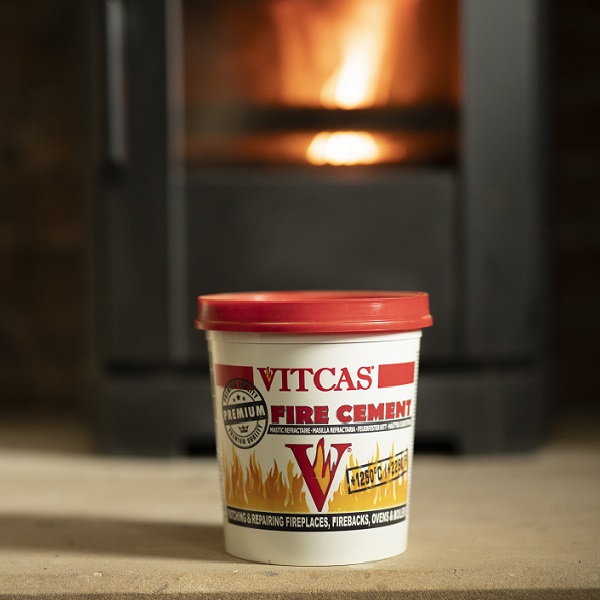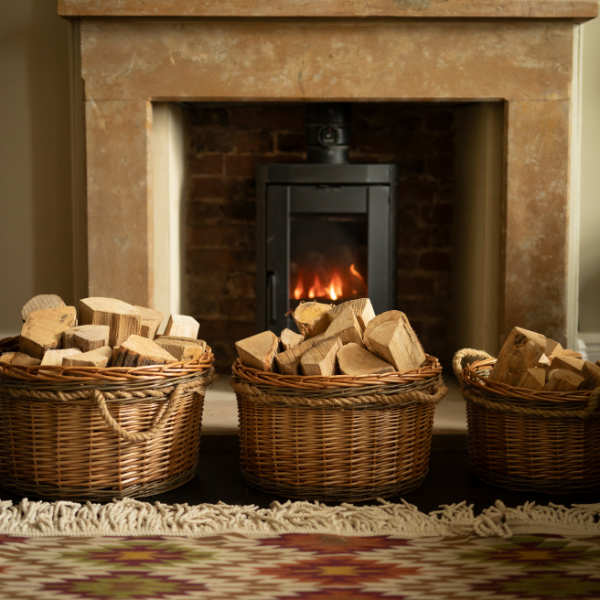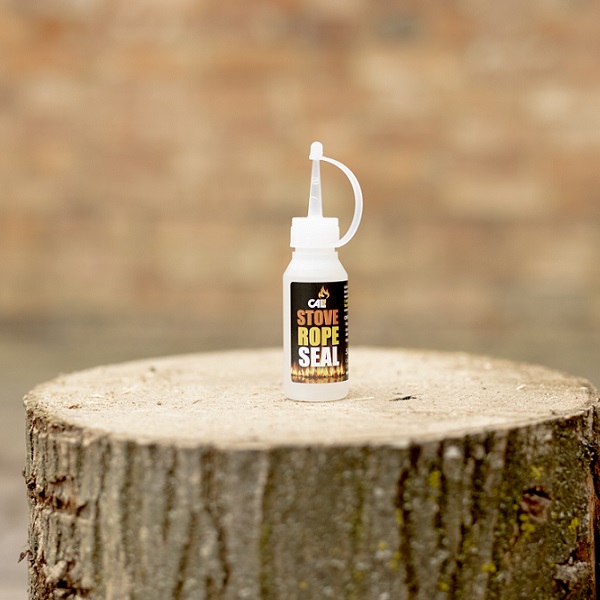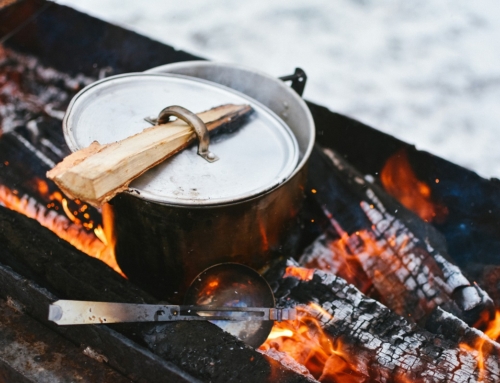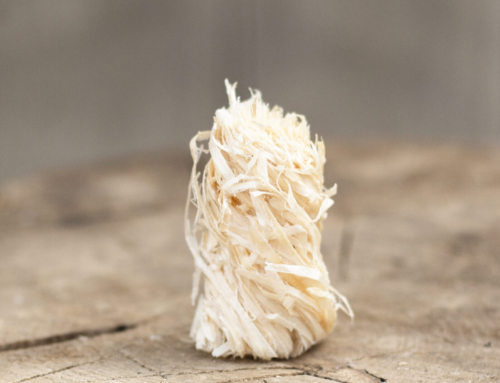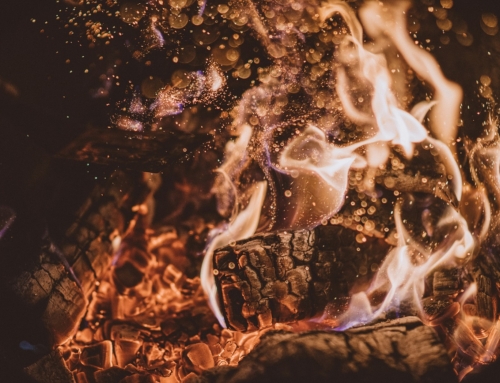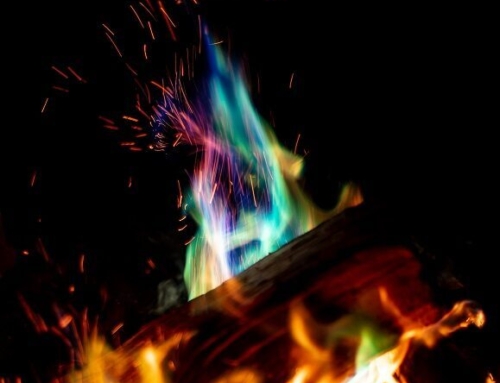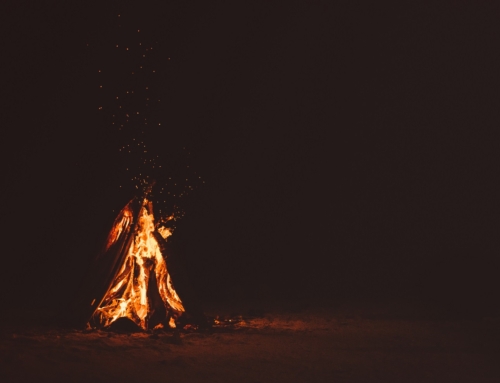With winter fast approaching and the prospect of cosy nights around a roaring fire, it is important to make sure your log burner is safe for the season ahead. Like any appliance in the home, wood burners require regular maintenance. Cleaning your wood burner is important not only for health and safety reasons but it keeps your log burner looking good. Before doing any maintenance, make sure that the burner has fully cooled down and put some newspaper or an old bedsheet around the burner to protect the flooring and surrounds. Below are reasons why stove maintenance is so important as well as a few tips on how to keep on top of cleaning.
Why’s
Efficiency
When your stove gets clogged up with ash, soot and other debris, it becomes difficult for air to flow within the wood burner, leading to a less efficient burn and making it harder for the burner to generate heat.
Safety
Using your wood burner over time can cause a chemical called creosote to accumulate in the chimney and interior of the wood burner. The build up of creosote is caused by the solidification of flue gasses, predominantly vaporised carbon and steam formed from the burning of wood. Creosote is a highly flammable chemical that could cause a higher chance of chimney fires, but with regular cleaning this risk is heavily reduced.
Log Burner Life Span
The build up of corrosive compounds such as creosote can have a damaging impact on your wood burning stove. Cleaning your burner regularly can help prolong the life of it and can stop corrosion and damage to the burner.
Air Quality
A clean stove is a happy stove. If a burner is cleaned regularly, smoke production is limited and less pollutants are emitted. This means that the air around you is cleaner which means a healthier you and a cleaner planet.
Aesthetic
On top of all these health, safety and environmental factors, a clean and well looked after burner looks visually pleasing and can enhance a living space. Keeping your stove glass clean enables you to watch the flames dancing away while you snuggle up with a cuppa.

How’s
Chimney Sweep
First and foremost it is important to get a chimney sweep booked in before you plan on using your burner. This ensure that the internal parts that you cant see are all cared for and any repairs can be made before you need to use it. A good rule of thumb is getting a chimney sweep in at least once a year.
Cleaning the exterior of your stove
Cleaning the exterior of your burner is relatively easy and only requires a dry cloth, vacuum cleaner and the soft brush attachment. These 3 tools can be used gently to clean any debris or dust that has accumulated on the exterior of the burner.
Cleaning the glass
By burning good quality kiln-dried logs, with a moisture content below 20%, your burner glass should stay relatively clean. Occasionally soot will build up on the glass of your burner, but it can be easily removed. To remove the soot, use a damp cloth or a scrunched up piece of newspaper and dip it in the remnants of the cold ash, be careful not to use any large pieces of ash as this may scratch the glass on your burner. Using the cloth or newspaper, gently rub this on the blackened glass to remove the soot. Wipe away any excess residue using a clean damp cloth. There are also many wood burner glass cleaning products on the market that can be purchased to help make the process even easier.
Checking the seals
Inspecting the door seals on your burner is good practice when carrying out maintenance on your stove. Making sure that the door seals are not perished and if they are replacing them, maintains the air tight seal in your burner and allows for a more efficient and effective burn.
Emptying the ash pan
Regularly emptying the ashes in your burner allows for better air flow and more efficient burning. To do this, wear protective gloves and have a metal bucket or suitable container to shovel them into. Ensure the ashes are fully cold before emptying the ash pan and dispose of the ashes outside. Never keep ashes inside your home after emptying your burner, as they can have the potential to emit CO, a poisonous, odourless, colourless gas. Homeowners with wood burning stoves should have a CO (carbon monoxide) alarm fitted in their home.
Regularly cleaning your stove is a crucial practice, especially during the winter months when it is being regularly used. Stove maintenance ensures a safe living space, longevity, efficiency of your burner, and environmental responsibility. By burning good quality, kiln dried firewood, cleaning will be significantly reduced, however it is still good practice to maintain/clean your wood burner. Maintaining your wood burning stove is a small investment of time and effort but delivers significant results in terms of safety, efficiency and environmental responsibility.
Take a look at our range of high quality kiln-dried logs to suit every wood burner here.
We now also stock a wide variety of wood burning accessories discussed in this blog, including gloves and carbon monoxide alarms, take a look at this range by clicking here.




